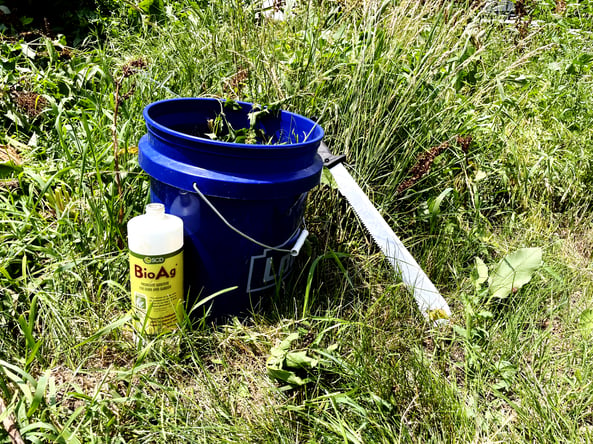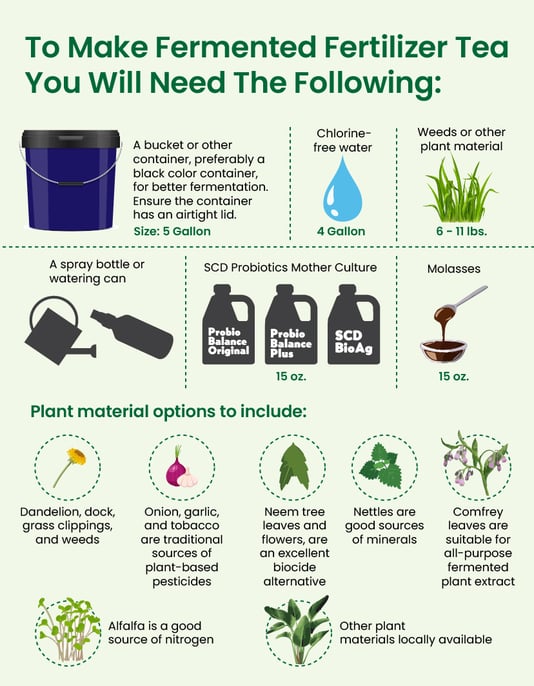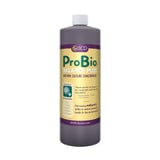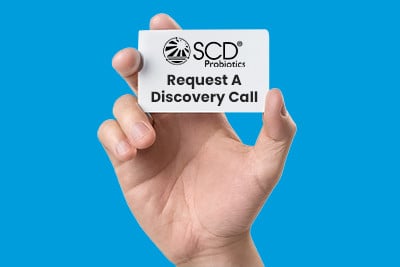Making Fermented Fertilizer Tea with Probiotics and Plant Material
Brewing plant material in water can create an easy, inexpensive, DIY fertilizer to enhance your garden's health and immunity. Fertilizer tea is a natural, organic fertilizer made using common weeds, plant materials, or grass clippings that can improve the health of your plants and your garden. It is easy to make, just weeds and water, and can be used as a foliar spray or soil drench on most plants. Brewing fertilizer tea is fun, but why not level up your tea skills by brewing a Fermented Fertilizer Tea -- simply by adding beneficial soil probiotics and molasses into your fertilizer tea.
How to Make Fermented Fertilizer Tea
Fermented Fertilizer Tea, or Fermented Plant Extract (FPE), makes use of live probiotic bacteria to initiate an anaerobic fermentation process, breaking down the useful compounds in plant matter, and outputting helpful compounds such as anti-oxidants, enzymes, vitamins, and other bio-active substances. Adding live microorganisms, such as SCD Probiotics Mother Cultures (ProBio Balance Plus or ProBio Balance Original) or SCD BioAg, to the fertilizer tea further improves its effectiveness and concentration.

To get started, collect weeds, plant matter or grass clippings of any type depending on your needs.
For a nitrogen-rich fermented fertilizer, select fleshy, deep-rooted weeds like dandelion and dock because their roots mine valuable nutrients deep in the ground. Nitrogen fertilizers are an excellent choice in the spring as a soil treatment and in midsummer after plants have utilized precious nutrients during their initial growth spurt.
Or, to brew an all-natural, pest control tea, choose onion, garlic or tobacco plants. Keep in mind that although this tea is plant-based and natural, use it carefully to prevent negatively affecting the beneficial insects and bees that frequent your garden.

To make Fermented Fertilizer Tea (or FPE) via anaerobic fermentation, you will need the following:
- A bucket or other container with an airtight lid.
- Chlorine-free water
- A spray bottle or watering can
- SCD Probiotics Mother Culture or SCD BioAg
- Molasses
- Organic materials, or plant materials such as:
- Dandelion, dock, grass clippings, and weeds
- Onion, garlic, and tobacco are traditional sources of plant-based pesticides
- Neem tree leaves and flowers, are an excellent biocide alternative
- Nettles are good sources of minerals
- Comfrey leaves are suitable for all-purpose fermented plant extract
- Alfalfa is a good source of nitrogen
- Other plant materials locally available
Instructions for making 5 gallons of fertilizer tea:
- Fill the 5 gallon bucket or container with 4 gallons of water.
- Add organic materials or plant materials suggested above. They must be chopped (and must weigh approx. 6-11 lbs.) before adding them to the container.
- Add 15 oz. SCD Probiotics Mother Culture or SCD BioAg.
- Add 15 oz. Organic Blackstrap Molasses.
- Stir to combine.
- Cover the bucket or container with an airtight lid and let the mixture ferment anaerobically (without oxygen) for 1-2 or 4-10 weeks factoring in the suggestions below;
- Keep it at room temperature, out of direct sunlight. Better to store in dark, warm areas.
- Lift the lid every week or so to release pressure from the fermentation process.
- The length of time will vary:
- A 1-2 weeks fermentation time frame is acceptable, but 4-10 weeks is most beneficial. The longer the mixture is allowed to ferment, the more concentrated the final FPE.
- Also, fermentation will take longer in early spring and late fall than in warmer months—the warmer it is, the faster the fermentation process.
- Strain the mixture through a cheesecloth or coffee filter. The remaining plant residue can be included in a compost pile or placed directly in the soil.
- Store the fertilizer tea in a sealed container with an airtight lid at room temperature or in the refrigerator.
- Dilute and use the fertilizer tea within 90 days as a foliar spray or a soil drench.

How to Use Fertilizer Tea
Use your nitrogen-rich fertilizer tea on various plants, including vegetables, fruits, flowers, and herbs. The frequency of application will vary depending on the type of plant and the soil conditions. However, as a general rule, you should use fertilizer tea once every 2 weeks. You may use it more often during midsummer when nitrogen levels are low.
Fermented Fertilizer Tea can be used as a foliar spray or a soil drench. When using fertilizer tea as a foliar spray, dilute at 1:100 (fertilizer tea: water) and apply it to the leaves of your plants in the morning or evening when the sun is not too hot. Apply fertilizer tea to the soil around your plants when using fertilizer as a soil drench at 1:500 dilution (fertilizer tea: water). Foliar spraying and using locally available plants with known pest-controlling properties can be effective and affordable pest control methods.
Probiotics are live microorganisms that can be beneficial to plants. They can help to:






